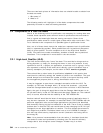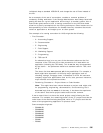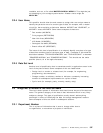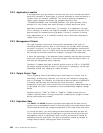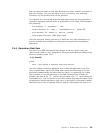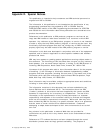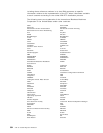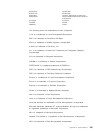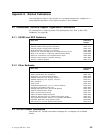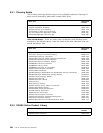within the data set name so that ACS Routines can easily ascertain one piece of
data from another. The only alternative to this is to place a very restrictive
convention on the qualifiers that can be specified.
For example, you could break down the table space name by having positional
characters represent different levels of qualification for the data. The following is
one possibility:
•
first character: P -- production, T -- test
•
second character: R -- report, I -- intermediate file, M -- master DB
•
third character: W -- weekly, D -- daily, M -- monthly
•
fourth-eighth characters: table space name
Until this restrictive naming convention is lifted, the only other alternative is to
use the available free characters to distinguish the data within the database
application.
C.4.4 Generation Data Sets
The notion of a GDG (Generation Data Group) is that for a given name, say
″A.B.C″ there could be many generations. Each generation data set (GDS) would
have the following name form:
A.B.C.GnnnnV00
where:
nnnn = next number in sequence (may wrap around)
The only naming convention difference here is that the application loses one
level of qualification, mainly the lowest level. Other than that, there is no real
distinction between GDSs and other data set names. It is generally not a good
idea, however, to use the generation to indicate a different type of data; for
example, the idea of the ″+1″ version being a report, the ″+2″ version being an
intermediate file. The first portion of the name should state what the data is and
the generation should represent a later level or generation of that data. A better
idea would be to have a separate GDG for reports, intermediate files and so on.
Appendix C. DFSMS Naming Conventions 551




